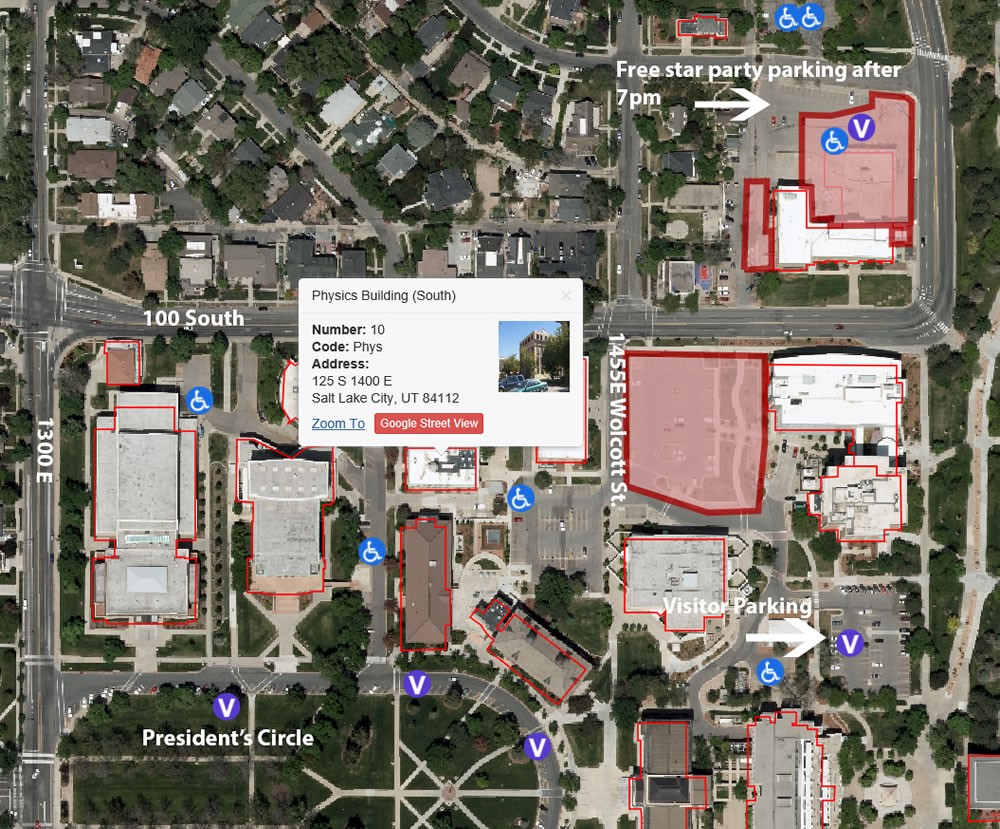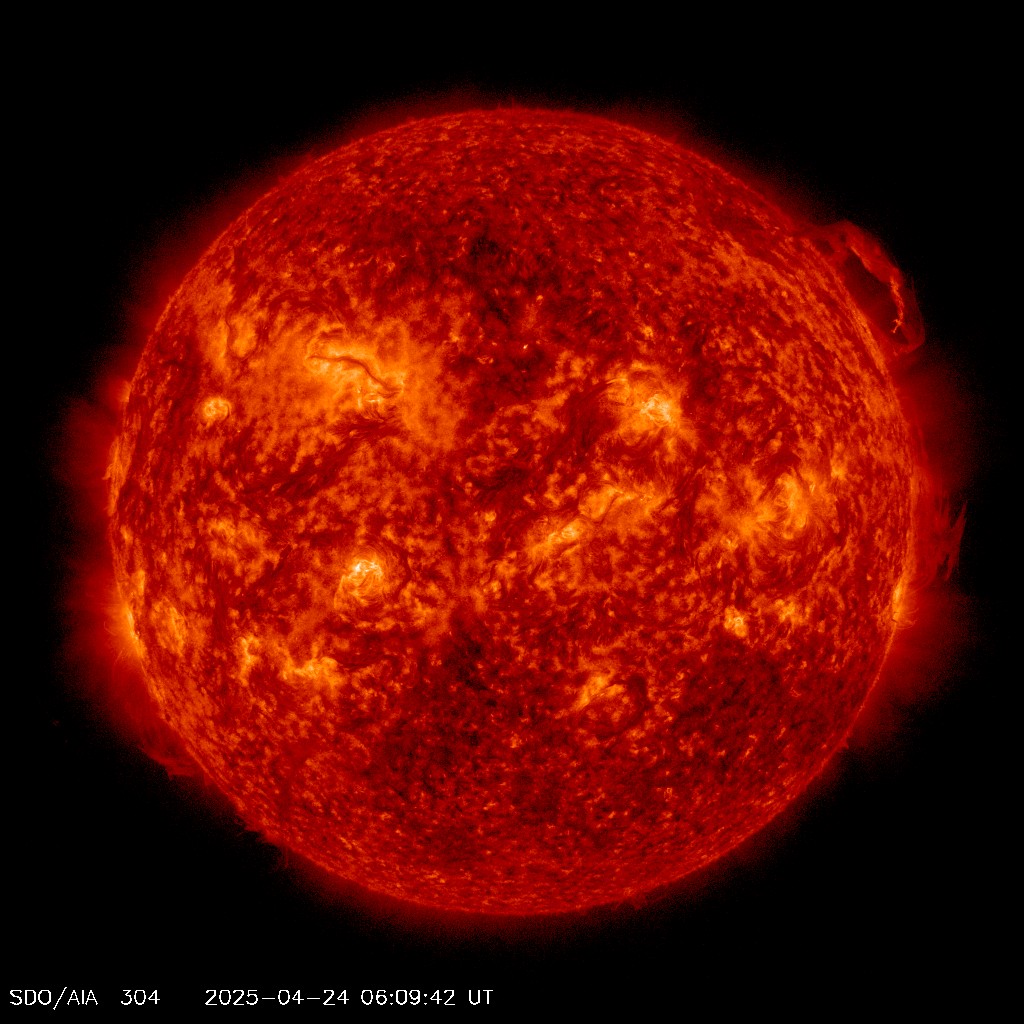South Physics Observatory
University of Utah Department of Physics and Astronomy
The observatory is: Open
We will be open this Wednesday for the star party. Weather may be slightly cloudy.
Fyi, we will be moving to a new location/building in late spring/early summer! Keep an eye out for our SPO goodbye event in April. An event for the opening of the new observatory is in the works.
Updated: 3/18/25
Our program relies heavily on donations to keep us open and able to visit schools, parks, cities, etc. Please consider donating! 
The South Physics Observatory located at the University of Utah offers FREE public star parties on CLEAR Wednesday nights. These are open to all ages, interests and groups. We always open at 7pm but as sunset changes, so do the times we're able to show the night sky. Summer viewing hours for the night sky start after 9pm whereas winter viewing hours will always start at/after 7pm. When the Sun is still out after 7pm, we will view the Sun through solar filters until dark.
During the visit, expect to see galaxies, nebulae, stars, moons, planets, and clusters. Feel free to ask questions about the universe, science, and what you're seeing. We may also offer lectures, demos, and special events during the star parties. The events are outdoors so please dress appropriately for weather. We also try to open during important astronomical events so be sure to watch for the next lunar/solar eclipse, Mercury transit, or bright comet.
SPO can also offer assistance for those looking to learn to use telescopes for personal use, astrophotography, or for school/science fair projects. If you're looking to purchase a telescope and need help with all the choices, or if you're having trouble setting yours up, bring them to us and we may be able to help.
Visitor Information
What to expect:
The observatory is always free to attend but since we hold university classes, it may not always be available to reserve a visit. Our Wednesday night star parties are free and open to the public. Anybody can come no matter the age or background. We can cater to the handicapped but some objects may be beyond the limit of viewing due to the nature of the telescope systems.
During a visit to the observatory, please plan for the weather. The observatory is outdoors so dressing warm is a must in the winter and a light jacket would be wise in the summer months. We also need the rooftop to be dark but after about 10 minutes, there is enough ambient light to walk about without any flashlights at all. Running on the roof is not allowed as there are several places to trip if you do not have time to see them.
Feel free to ask any questions you may have on anything we're showing through the scopes, the scopes themselves, or anything you've wondered about. We'll attempt to answer them to the best of our knowledge. We can also do a sky tour or constellation tour if requested and if we're available to do so.
During star parties, we have between one to seven telescopes pointed at different objects in the sky for you to view. We'll do our best to explain what you're looking at and give you a description of what you should see. Having a heavily light polluted sky in Salt Lake, dim objects will be fairly difficult to see. These telescopes are not the Hubble and your eye is not as sensitive as a long exposure camera, so you shouldn't expect to see the colorful and sharp images that you see in pictures. We'll do our best to show you what our location and equipment can offer. If you have requests for objects, please let a staff member know and we'll attempt to find it for you.
What we expect from you:
We want to you to have a fun and enjoyable experience at the observatory while learning about the universe and how it works. A few things to keep in mind, please refrain from operating the telescopes on your own, these are precision aligned instruments and are fairly fragile. Please be respectful to the staff and other visitors to the observatory. Please be sure to keep an eye on your children. No running is allowed and no climbing or passing the guard rails is allowed.
Questions and comments can be sent to observatory@physics.utah.edu.
-
Exit at 600 South, continue eastward on 600 South until you reach 700 East. Turn left and continue northbound on 700 East until you reach 100 South. Turn right onto 100 South and continue until you pass a 90 degree turn to the left. Immediately after is a parking lot that is free to park in on Wednesday nights. Be prepared to pay for parking until 8pm on other days of the week.
-
Exit at 400 South, continue eastward until you reach 700 East. Turn left and continue northbound on 700 East until you reach 100 South. Turn right onto 100 South and continue until you pass a 90 degree turn to the left. Immediately after is a parking lot that is free to park in on Wednesday nights. Be prepared to pay for parking until 8pm on other days of the week.
-
Exit at Foothill Boulevard. Continue northward until Mario Capecchi Drive and turn northward once again. Follow Mario Capecchi Drive until North Campus Drive and turn left. Continue west on North Campus Drive until you reach parking by the Kennecott Engineering Building or continue past until Wolcott street, turn left and park in the lots at the end of this road. Most are pay spots until 8pm.
Parking

Parking permits can be purchased at https://commuterservices.utah.edu/or can be purchased via app in most lots with designated lot and space numbers.
Observatory Details
Location: roof of the South Physics building (125 S. 1400 E.)
Dome: 14 foot diameter 360 degree, electrically rotated sky dome
Telescope Deck: 14" Meade LX200GPS telescope
Deck Telescopes: One 12" Meade LX200 ACF, five 10" Meade LX200 ACF
For information on public openings, tour availability and star parties, please use the email or Facebook/Instagram messaging.
Email: observatory@physics.utah.edu
Facebook: https://www.facebook.com/SouthPhysicsObservatory
Instagram: https://www.instagram.com/uofu_southphysicsobservatory/
Phone: 801-587-7662 (Use this if you need help finding us while on campus, we do not monitor this number outside viewing hours)
Dept. of Physics and Astronomy: 801-581-6901 (Daytime departmental number, general information only, use the email for up to date information)
Current Weather and Sky Conditions

Live image of Solar Dynamics Observatory (SDO)





